
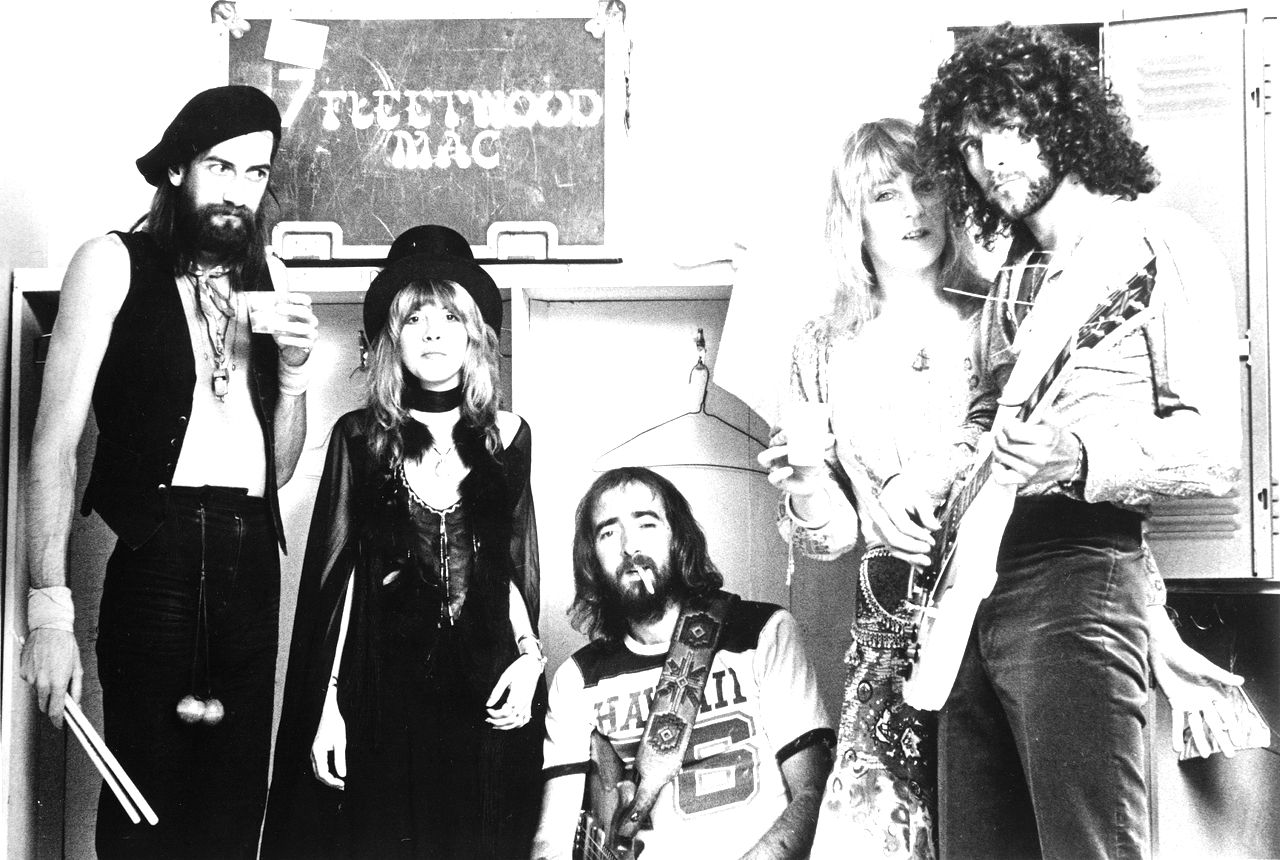
Follow Your Favorite Band Today!
Top Fleetwood Mac Community Posts
Albums
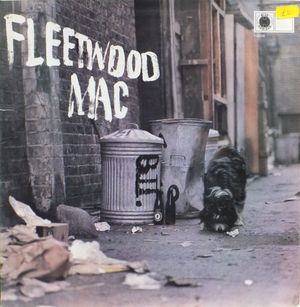

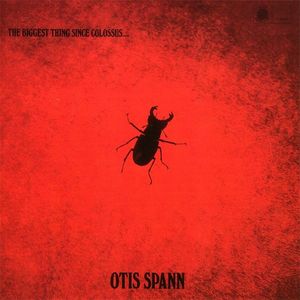
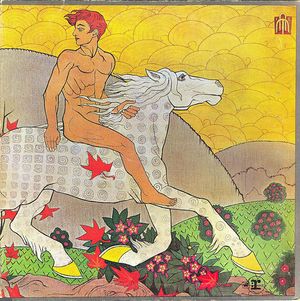
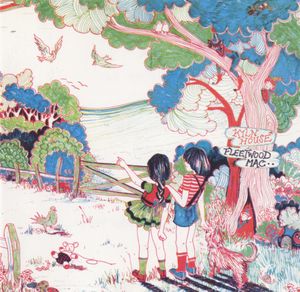
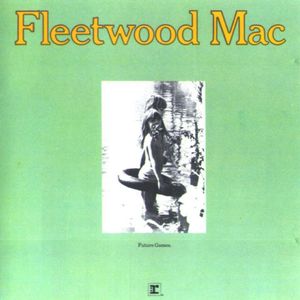
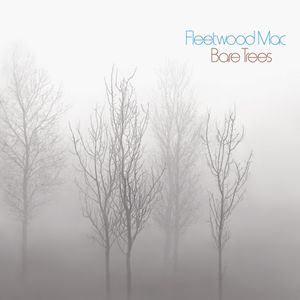
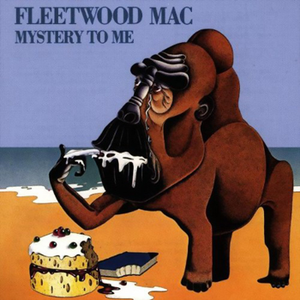

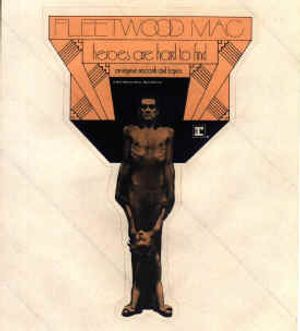
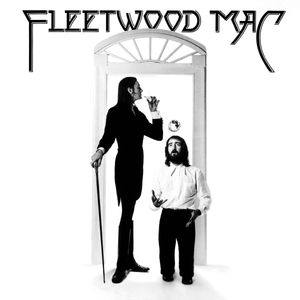
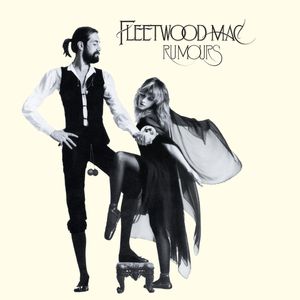
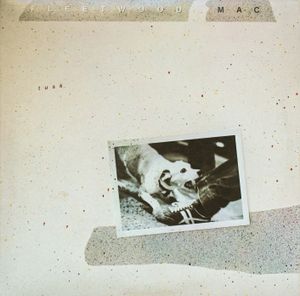
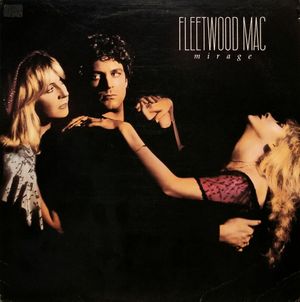
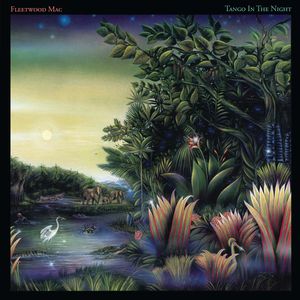
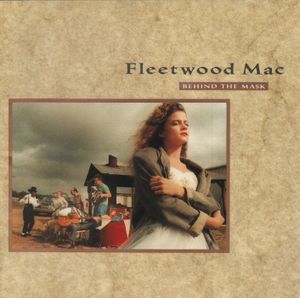
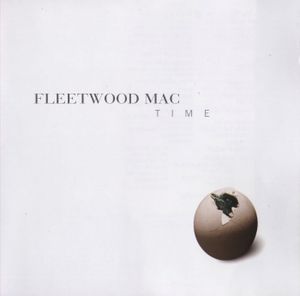
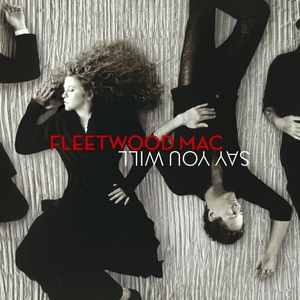
Story of Fleetwood Mac
Fleetwood Mac: A Rock 'n' Roll Odyssey
Fleetwood Mac, the legendary British-American rock band, emerged from the London blues scene in 1967, the brainchild of guitarist and vocalist Peter Green. Green assembled a formidable lineup, recruiting drummer Mick Fleetwood, guitarist and vocalist Jeremy Spencer, and bassist Bob Brunning. John McVie quickly replaced Brunning shortly after their debut at the 1967 National Jazz & Blues Festival in Windsor. Guitarist and vocalist Danny Kirwan joined the fold in 1968. Christine Perfect, who initially contributed as a session musician, became an official member in July 1970, adding her vocals and keyboards to the mix after marrying John McVie.
In their early years, Fleetwood Mac were a driving force in the British blues scene, achieving a UK number-one single in 1968 with the instrumental "Albatross." Other UK top ten hits followed, including "Man of the World" and "Oh Well" (both 1969) and "The Green Manalishi (With the Two Prong Crown)" (1970).
However, the band's lineup began to shift dramatically following Green's departure in 1971. Spencer and Kirwan also left in 1971 and 1972, respectively, leading to a string of replacements: Bob Welch replacing Spencer, and Bob Weston and Dave Walker taking Kirwan's spot. By 1974, Weston and Walker had been dismissed and Welch had departed, leaving Fleetwood Mac without a guitarist or male vocalist.
Fate intervened when Mick Fleetwood, scouting studios in Los Angeles, stumbled upon the American folk-rock duo Buckingham Nicks, featuring guitarist and singer Lindsey Buckingham and singer Stevie Nicks. In December 1974, Fleetwood extended an invitation to Buckingham to join Fleetwood Mac. Buckingham accepted, but only on the condition that Nicks would also be welcomed into the band. This pivotal decision marked a turning point in Fleetwood Mac's history, ushering in a new era of soaring harmonies, introspective lyrics, and groundbreaking musical arrangements. The rest, as they say, is rock 'n' roll history.
Bands you may like
More Pop Rock Bands
Explore Pop RockDiscover more bands in the Pop Rock genre and explore the diverse sounds that define this musical style.
Browse All Pop Rock BandsMore Bands from United Kingdom
Explore United KingdomDiscover the rich musical heritage of United Kingdom and explore bands that represent the country's unique sound and culture.
Browse All United Kingdom Bands